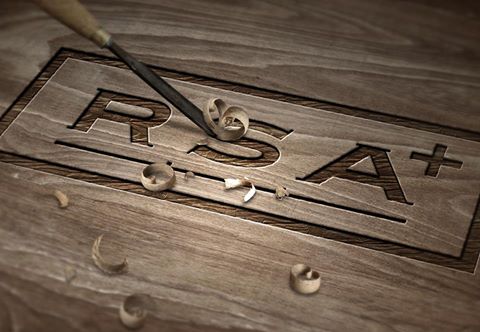Engineering firms tend to reflect their local economy. That might be why Napa Valley-based RSA+ has a particular taste for wine. They’ve cultivated relationships with local wineries and developed specialized engineering solutions for wine makers. “Forty percent of our business comes from winery clients,” said Hugh Linn, principal at RSA+. “We’ve built a niche that has allowed us to be successful for a number of years.”
Thirty-five years, to be exact. RSA+ is one of the oldest and most successful engineering firms in their area. While they attribute a lot of their success to engineering expertise, they also recognize that running a mid-sized consulting engineering firm requires something that tends to be overlooked: business management.
“Engineering firms tend to be under-managed,” Linn observed. “We are so busy running after projects that it’s hard to see the big picture. That makes it difficult to sustain your business when you’re just reacting to the market.”
Linn knows this fact all too well. Back in 2006, with the entire country slipping into a recession, RSA+ found itself with too few projects and too many staff. They decided it was time to rethink their overall strategy and take steps to protect their business. “We were lucky to be large enough to have the resources to do something about our business management. We knew we needed a strategy that would help us through tough times.”
RSA+ happened to be evaluating new accounting firms at that time when one mentioned Research and Development (R&D) tax credits as a way to lower their tax liability. “I had never heard of the R&D tax credit before, but I saw how we might qualify,” said Linn.
RSA+ had spent a good amount of their own time and resources developing specialized solutions for their winery clients and Linn saw the R&D Credit as an opportunity to lower the costs of their unfunded research. But they were wary of a tax audit and weren’t sure whether the size of the benefit justified the risk. Upon the recommendation of his new accountant, Los Angeles-based tax advisory firm, Apex Advisors was brought in to help explain the R&D tax credit benefits and risks.
“To be honest, we were skeptical and not very comfortable with the whole idea,” Linn admitted. He provided several sample projects for Apex Advisors to analyze and generate a tax credit estimate. They were surprised with the results. “Apex Advisors showed us a pretty big number. They explained that based on the type of research we were performing and the manner of executing our projects, we were able to claim the credit for many of our projects.”
According to Apex Advisors, much of the design work that an engineering firm conducts qualifies for the tax benefit, if certain statutory criteria are met. “Engineering firms that perform design-related work are going to have lots of qualified activities that translate into a tax credit,” said David Ahn, principal at Apex Advisors. “Whether it’s designing a roadway, a building or a wastewater project, the time and wages spent coming up with a solution on a project are generally eligible for the tax credit.”
In addition, since RSA+ is located in California, they would have both a state and federal tax benefit. As a first time claimant, they were also allowed to amend their tax returns for prior years, three years for the Federal benefit, four years for California. The total amount RSA+ claimed was well into the six-figures. “We were pleasantly surprised,” said Linn.
“It came down to a cost-benefit equation. Considering our tax bracket and margin on revenue, for every dollar the R&D tax credit saves us, we have to earn at least eight dollars in revenue. To us, the benefit was obvious.”
Construction capital is flowing now and RSA+ is busy with new projects. With the last recession fading into memory, Linn feels confident they are better equipped to deal with the fickle nature of the engineering business. “It’s important that engineering firms recognize the importance of a strong business model. The R&D tax credit is just a part of being a smart business manager.”





